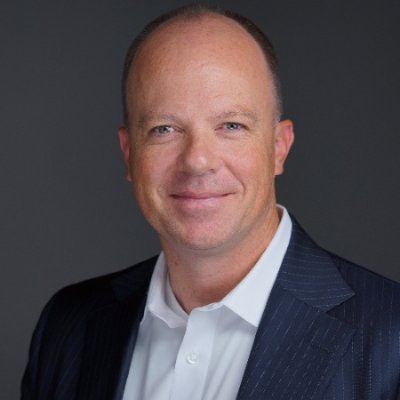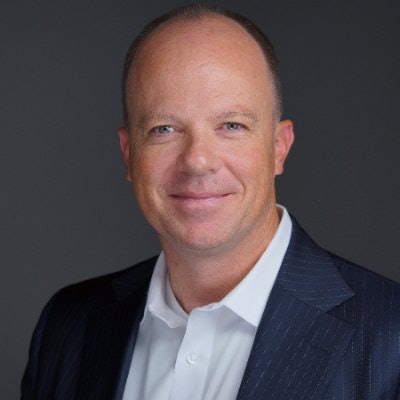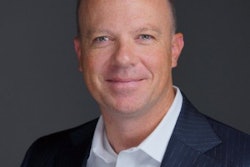
The world is in turmoil as the pandemic slowly begins to ease its grip. We all want to get back to work, yet with careful consideration to doing it safely.
 James Anderson, DMD.
James Anderson, DMD.We will return to our practices with trepidation and resolve to build again what we had in the past. Leave the past behind, because there must be a new beginning with a new plan of action in accordance with proper guidelines. When the pandemic hit, some practices had recently opened, some had matured and were prosperous, and some were on the verge of sale or retirement. Whatever the stage of your practice, a new plan of thought, growth, and success now must emerge from the negative influences of the shutdown. It is as though we are in a "start-up" frame of mind. We will be building trust again and easing fears before we will be doing dentistry that has been pigeonholed as elective or nonessential.
Financial health exacerbated the negative issues of the shutdown before the pandemic, including having savings or a substantial emergency fund, a manageable overhead, and a supportive and professional staff. The most common and critical losses are as follows:
- Loss of production: The ADA had asked that practices only see patients with "emergency" symptoms -- pain, infection, fracture, accidents with injuries to the teeth and jaw, and appliance and prosthetic repairs mostly. Other necessary care was deemed "nonessential."
- Termination of all or some of your loyal team: With no reserves to ride it out, many dentists let everyone go because they didn't know what else to do. Unemployment was the answer to job loss.
- Loss of collections resulting from much lower production numbers: This was coupled with a resistance to collect unpaid patient accounts because "we are all in this together."
So, what are the new challenges to starting up again?
It starts with creating a win-win for everyone. Most people are scripted to believe that to win means someone else must lose, and no one wants to be the loser. In the book the 7 Habits of Highly Effective People by Stephen Covey, the fourth habit is about creating a win-win situation by developing a better way, a higher way, for all to achieve success. To think win-win instead of win-lose, lose-win, or, even worse, lose-lose, we create a path to negotiation to get the kind of life we want while also allowing others to get their needs met.
An important character trait in developing a win-win philosophy is, as Covey describes it, the "abundance mentality." This paradigm rides on the belief that there is plenty out there for everyone, and the glass is half full rather than half empty. People with a scarcity mentality believe there is only so much to go around, and if everyone else gets some, there won't be enough for them.
Dentists starting up their practice again may worry about lost patients and lost income and feel down instead of turning their energy toward creating patient relationships and rebounding the practice.
To counteract the effects of the shutdown, build on the following character traits and practice systems:
- Establish strong leadership to guide patients and your team to new success: Reach out to professionals and organizations for emotional support and insight. Band together, learn together, and support each other. Build your "emotional bank account" (as Covey calls it) by treating everyone with kindness, appreciation, and genuine respect. Each time you do something kind and thoughtful, you are investing in your "emotional bank account." People will always remember those who were there for them in times of crisis.
- Establish new infection control systems with higher levels of patient and staff protection: COVID-19 is here to stay until we get a vaccine. Patients are fearful of coming back unless they know what precautions you are taking to create a safe place for them to get care.
- Establish a new recall/recare system to emphasize that preventive care is 'essential' to total well-being: Thousands of patients are overdue for their routine prophylaxis and their periodontal maintenance procedures. Be prepared with flexible hours and proper social distancing so that patients can get in when they want to and feel protected.
- Contact your active patient base to let them know you are back to work and better than ever: During the pandemic, transition, and rebuilding process, reaching out to patients using patient contact software, the phone, social media, newsletters, and websites is vital to the new practice growth and a sustained patient retention base.
It will be a new road for all of us to travel, but we can do it together and support each other along the way.
James Anderson, DMD, is a practicing dentist in Syracuse, UT, and is the CEO and founder of eAssist Dental Solutions. He can be reached via email.
The comments and observations expressed herein do not necessarily reflect the opinions of DrBicuspid.com, nor should they be construed as an endorsement or admonishment of any particular idea, vendor, or organization.


















